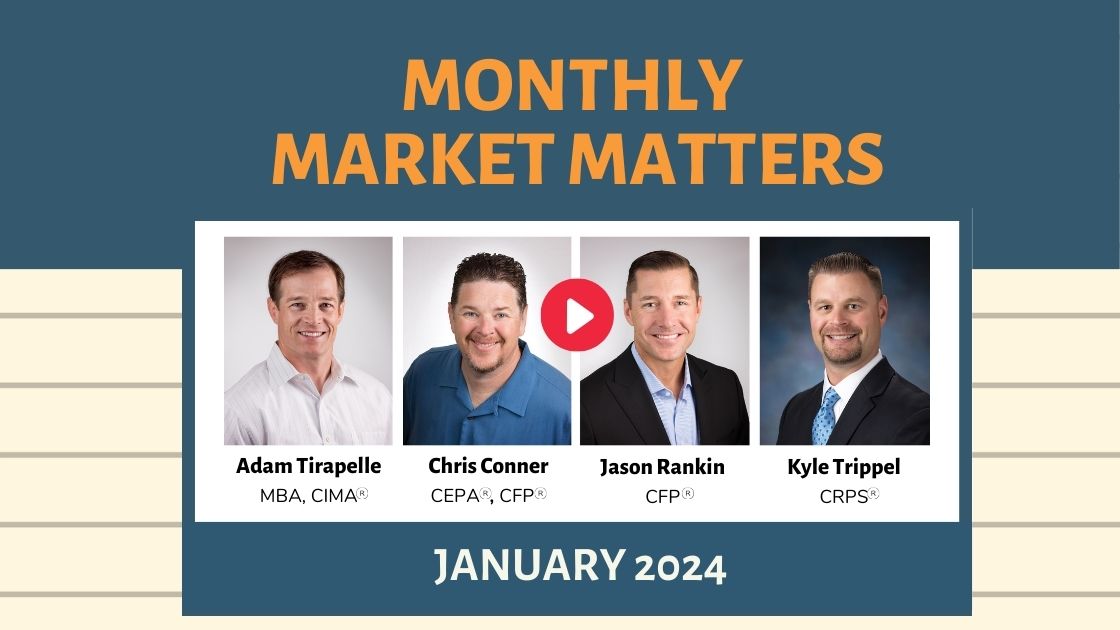You are now leaving the Strong Valley Wealth & Pension, LLC ("Strong Valley") website. By clicking on the "Schwab Alliance Access" link below you will be entering the Charles Schwab & Co., Inc. (“Schwab”) Website. Schwab is a registered broker-dealer, and is not affiliated with Strong Valley or any advisor(s) whose name(s) appears on this Website. Strong Valley is/are independently owned and operated. Schwab neither endorses nor recommends Strong Valley. Regardless of any referral or recommendation, Schwab does not endorse or recommend the investment strategy of any advisor. Schwab has agreements with Strong Valley under which Schwab provides Strong Valley with services related to your account. Schwab does not review the Strong Valley website(s), and makes no representation regarding the content of the Website(s). The information contained in the Strong Valley website should not be considered to be either a recommendation by Schwab or a solicitation of any offer to purchase or sell any securities.

Higher education costs continue to soar causing many parents to wonder whether they have enough money to pay for their child’s college education. Discover the benefits of a 529 College Savings Plan, an often overlooked tax benefit and savings alternative.

May 29th marks the nationwide celebration of 529 Day, an opportunity to highlight the many benefits of 529 college savings plans.
As higher education costs continue to soar, many parents find themselves faced with the nagging question, “Will I have enough money to pay for my child’s college education?” One often overlooked savings option is a state-sponsored 529 plan.
These plans offer great tax benefits, while allowing you to contribute substantially higher sums than other savings alternatives.
529 plans generally come in two forms. The first form – prepaid tuition programs – allows participants to lock in tuition rates at eligible state colleges or universities with a lump-sum investment or monthly installment payments. In some states, a portion of the contract value may also be applied to private or out-of-state schools.
The second form – college savings programs – allows contributions to vary. The full value of the account can be applied at any accredited institution of higher education nationwide. Since 529 plans operate under individual state laws, costs and details vary by state.
Some states allow you to set aside over $500,000 per beneficiary (with no income limitations or age restrictions), compared to $2,000 annually per beneficiary for a Coverdell Education Savings Account (formerly known as an education IRA).
Although contributions are not deductible, earnings in a 529 plan grow federal tax-free and are not taxed when the money is taken out to pay for college. Often times, the 529 account must be open for at least 12 months before any money can be withdrawn, so read the fine print. Further, various states may also offer their own tax breaks.
One unique feature of 529 plans is that they allow you to move up to $15,000 out of your estate ($30,000 per couple) annually.
Another unique feature of 529 Plans is that you can make a lump-sum contribution to a 529 plan of up to five times the annual gift tax exclusion ($75,000 in 2020), elect to spread the gift evenly over five years, and completely avoid federal gift tax, provided no other gifts are made to the same beneficiary during the five-year period.
The donor generally retains control of the account and may be assessed a penalty for “nonqualified” withdrawals.
Professional Management. 529 plans offer a “hands-off” savings approach: Funds invested in the plan are professionally managed.
Penalty for Refunds. You will be subject to a federal 10% penalty on the earnings portion of a nonqualified withdrawal. In addition, the earnings on nonqualified withdrawals are taxed at your tax rate and not the student’s. However, you may be able to avoid a nonqualified withdrawal by rolling over the account to a new beneficiary.
Effect on Financial Aid. Any investment may affect a student’s eligibility for financial aid. Earnings withdrawn from a 529 plan are treated as income to the child and will show up on the following year’s financial aid application. Thus, you may want to reserve 529 funds for use in a student’s later years.
Keep in mind, there is no guarantee that any investment portfolio will achieve its investment goals. The value of your 529 account will fluctuate as the value of the mutual fund shares in which it invests fluctuates, so that your investment, when it is withdrawn, may be worth more or less than its original cost. Also, be aware that out-of-state plans may have in-state income tax ramifications.
For more complete information on 529 plans, contact your financial advisor.



